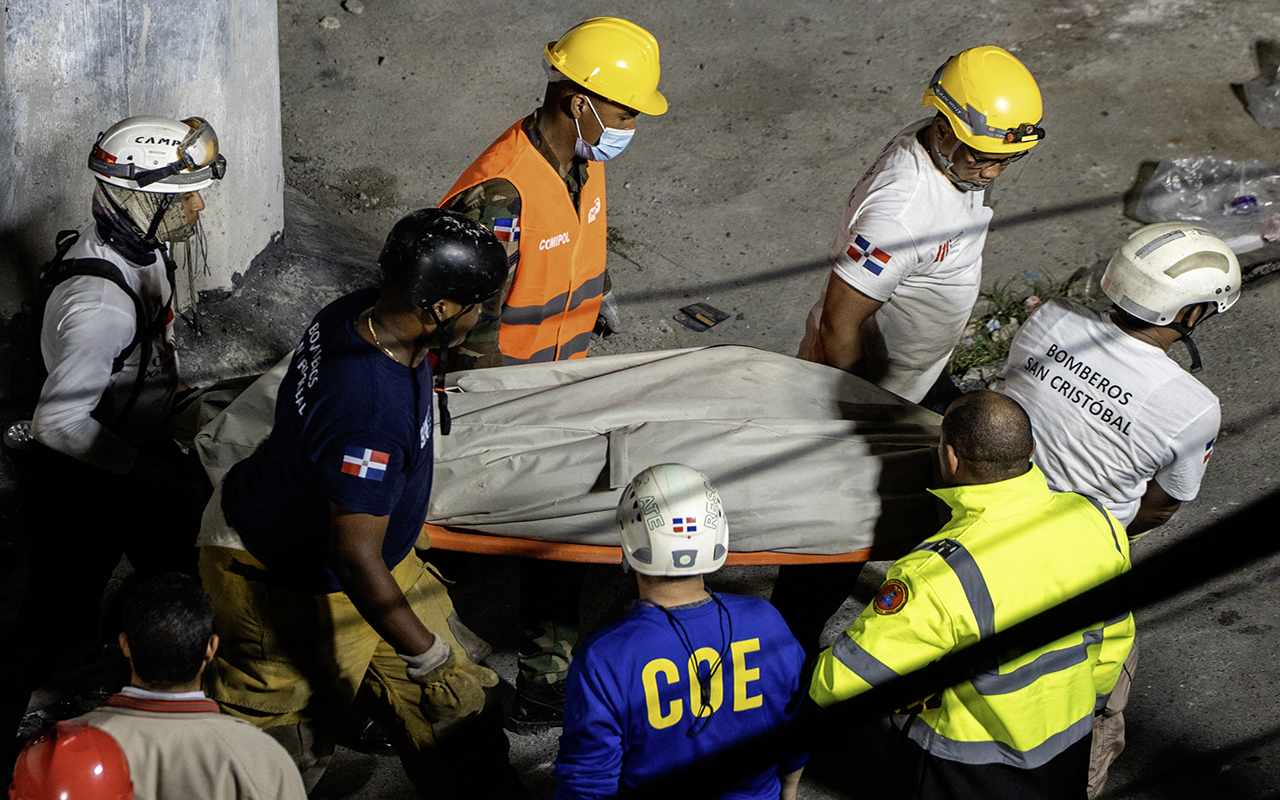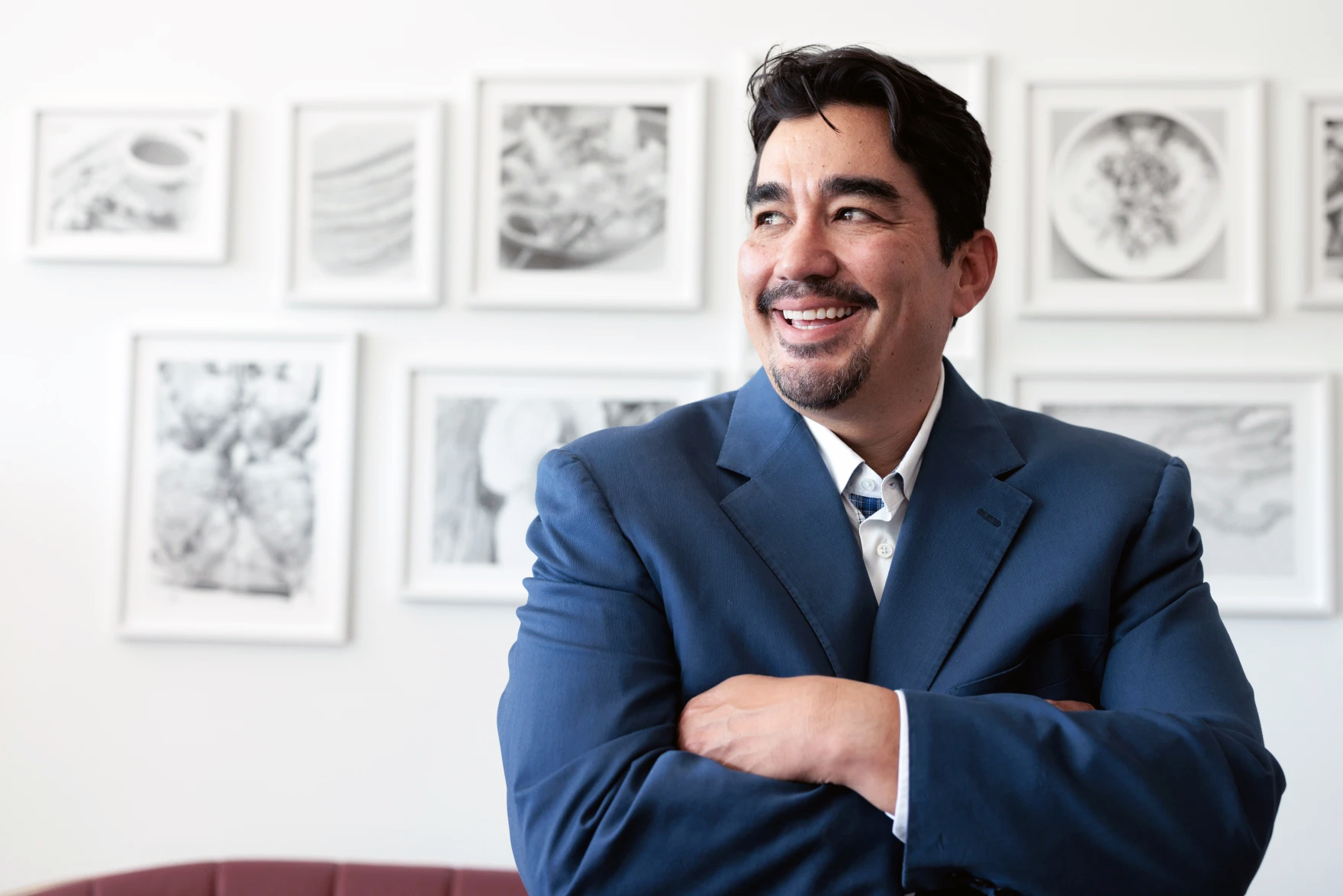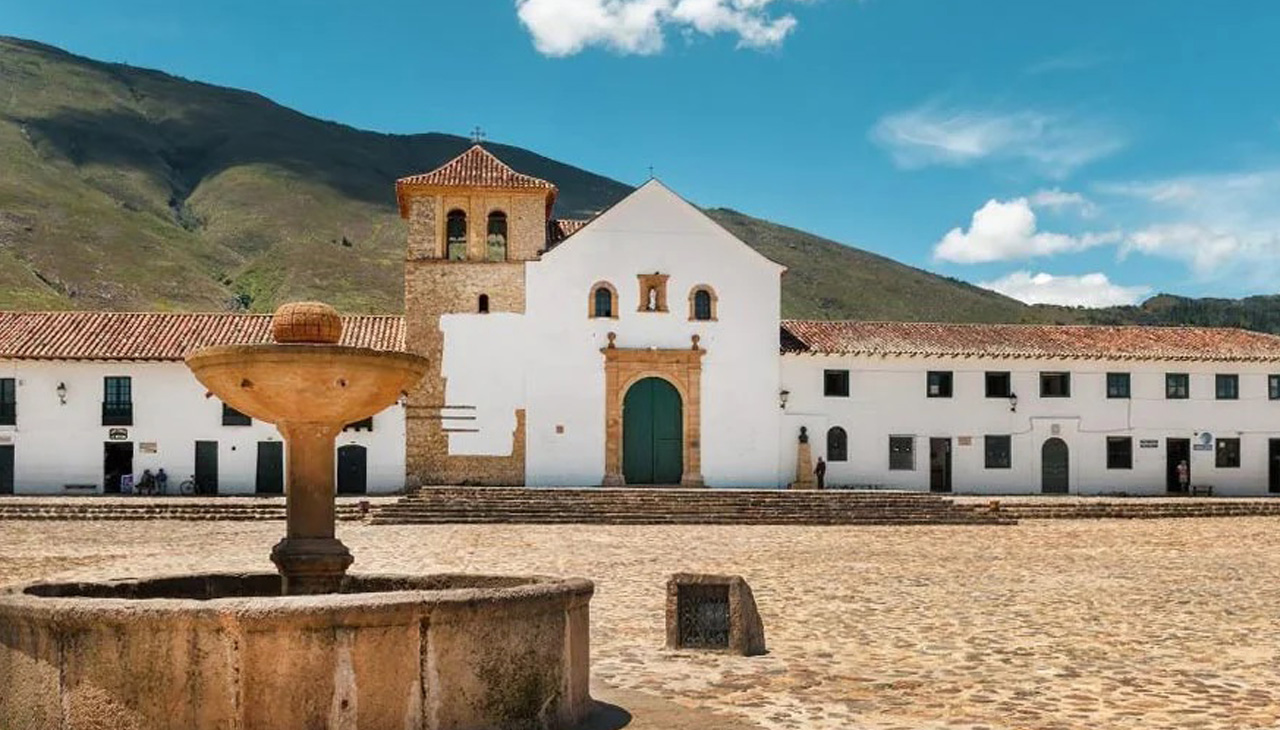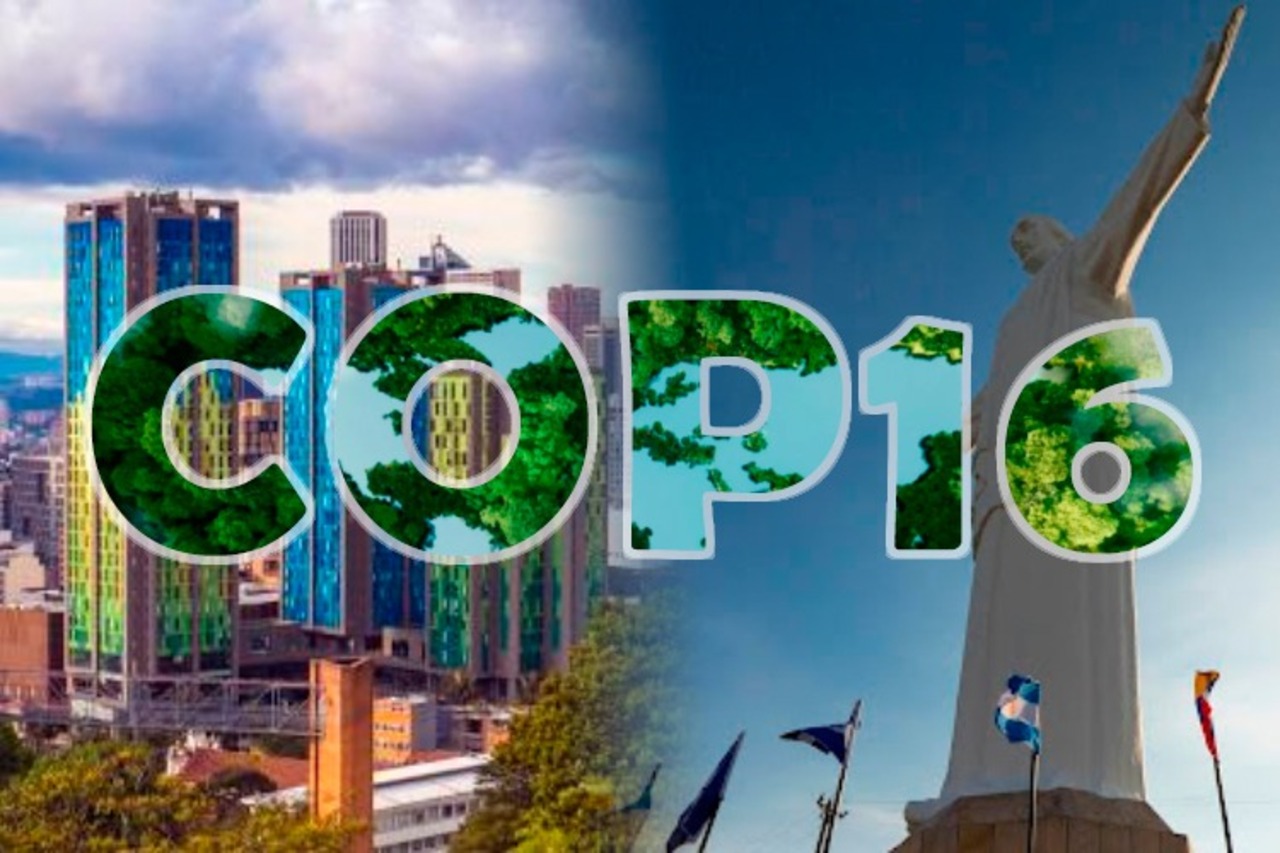
Gabo always had a link with Cartagena and he related it in his most important works. Photo: Getty Images
Cartagena, Gabriel García Márquez’s Muse
Cartagena de Indias influenced most of the Colombian Nobel Prize laureate’s literary work.
When Gabriel Garcia Márquez arrived to Cartagena in 1948, he was escaping from “El Bogotazo,” a series of riots triggered by the assassination of politician Jorge Eliécer Gaitán. The ‘Heroic City’ became a vital place to create his fictional world from the moment he arrived.
At a young age, Gabo left the Caribbean heat of his home town Aracataca to move to the center of the country, where cold temperatures and mountains were part of the landscape. He graduated from high-school in Zipaquirá, a town located two hours away from Bogota. He later moved to the capital where he started studying law, but he was not very thrilled as writing had always been his thing.
El Bogotazo was a blow of fate that made him go back to his beloved Caribbean. Gabo was dazzled by Cartagena ever since he arrived, just as he described it in his memoir ‘To Live to Tell the Tale’: [“we had arrived to the Clock Gate (…) some if its divine grace must have stayed in the city, because only one footstep into the city walls was enough to see it in all its greatness, under the mauve light of six o’clock, and I couldn’t refrain the feeling of being born again.”]
“With Manuel Zabala, Gabo found a new love in journalism after he started working in the newspaper “El Universal,” said Professor Esteban Vega in an interview with Al Día News, as he emphasized the importance of journalism for the writer.
Esteban Vega Bedoya is a professor in the Linguistics and Literature Program at The University of Cartagena, and was a speaker in a series of lectures about García Márquez and the city, during the Music Festival of Cartagena, which ended last January 10th.
It was in 1948 at El Universal, the local newspaper, where García Márquez started his road towards literature. In doing his work as a journalist, Gabo perfected his language; and was always grateful to this craft for making him become a great writer. His legacy “is still alive in the new generations, thanks to schools like Gabo Foundation,” Vega said, and he highlighted the festival that takes place in Medellin, where the best journalist work of Latin America is celebrated.
In fact, in his book “Of Love and Other Demons,” he represents himself as a young journalist that was sent to do research on some excavations where he would find inspiration for his story. Cartagena is the scenario for this story, like in some others; the colonial Cartagena, the Cartagena where slaves were traded. It is also the setting in “The Autumn of the Patriarch,” where he tells the story of a dictator who dies at a very old age, staying in power for more than 100 years. In “Love in the Time of Cholera”, Florentino Ariza and Fermina Daza’s love story starts in Plaza Fernández Madrid in the walled city.
Gabo’s work in Cartagena has not only left an imprint in the way the city is narrated, but also in the way journalism is done, as he said it himself, it is: “the best craft in the world.”
The Colors of Gabo
Vega shared with the audience a fragment of a curatorial script about research on the Nobel laureate’s life. In the same way, other speakers read parts of their favorite books by the writer. The event took place in an emblematic place for Gabo’s life, the patio of La Merced Cloister. That is where the Law School of The University of Cartagena was located when he tried to resume his studies in law following his father’s demands.
His remains repose in the Cloister since 2016, after his death on April 17th of 2014 in Mexico, like he requested one day. His body rests under a bronze bust made by Sculptor Katie Murray, a friend of the family, while big yellow butterflies fly around the surrounding trees.











LEAVE A COMMENT: